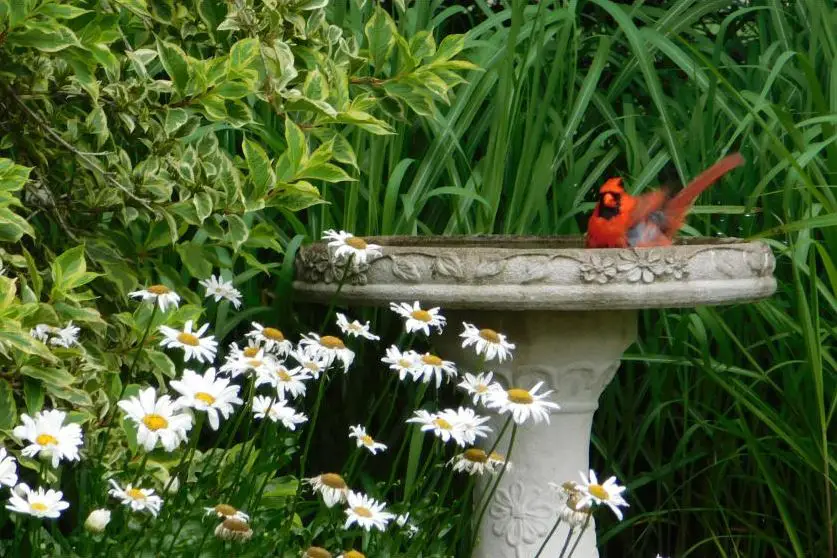For those who like gardening, our gardens serve as our sanctuaries, offering a place of solace, tranquility, meditation, and nutrition for the mind, body, and spirit. So, it is not surprising that a variety of other animals, including birds, also like our gardens. While you may already have some bird visits, you may increase the size of your backyard bird habitat to turn your house into a bird sanctuary. Learn how to create a bird refuge in your garden by reading on.

What Goes Into a Bird Habitat
While seeing birds is entertaining, they also provide the garden with many other benefits. Birds of many different species are in charge of disseminating the seeds of diverse plants, guaranteeing the survival of the species. Various types of birds aid in transferring pollen from one bloom to another. In their riotous hunger to get at your fruit, birds may sometimes make a mess and take more than their fair share, but they do more good than damage.
Three things are required to attract more bird species to your yard. Building a backyard bird habitat meets your feathered companions’ food, water, and shelter requirements.
How to Create a Habitat for Birds
We now know that birds need food, drink, and shelter. Birds drink water from whatever they can find, including sprinkler systems, rain, and food.
While birds have a variety of tastes, they often eat fruit, seeds, insects, nectar from various plants, and sometimes other small animals.
Plants provide a secure environment for rearing offspring, sleeping, avoiding predators, and sheltering from bad weather.
Knowing exactly what the birds do in your garden at any given season is smart. They will need tiny twigs, plant stems, and vines to create their nests in the spring. Dead trees and nesting boxes both make excellent nesting locations.
Birds use their summer garden to escape the heat, cool down with a sip of fresh air, and take dust baths to fend against parasites.
Birds need protection from the weather and a source of food and water throughout the winter.
Top tips for Backyard Bird Habitats
While building a refuge for birds, several factors must be considered. Of course, you will want to think carefully about your plants. Vegetation should be at different heights to enable perching, nesting, and foraging. Also, place your flowers in clusters or add a thicket where birds may hide from predators like cats, hawks, and the harsh sun.
Avoid using straight lines when planting; instead, consider using natural curves. To prevent non-native plants from outcompeting native ones, use native plants wherever feasible.
Use any spots that get direct sunlight if you have them. Use such spaces to grow fruit and nut trees since full sunlight implies more food.
Avoid using pesticides and other chemical controls, and cut down on your grass since birds do not like it.
Making Bird Food
Consider the food the birds will need at different times of the year when adding plants into the environment. To build up their fat stores, autumn migratory birds require fatty fruits like blooming dogwood and spicebush, while young adults feeding young need high energy from berries and wild cherries.
Overwintering birds require persistent fruit from conifers, bayberry, crabapples, and sumac to survive the bitter cold.
You may provide more food if you discover that you are deficient in a food source for one reason or another. To attract a greater diversity of species, provide a variety of food. Use suet only from fall through spring since suet exposed to the sun might cause diseases. Feeders should always be placed at least 10 feet (3 meters) away from any structures, trees, or bushes where cats may climb or hide.
Birds search find birdbaths, ponds, and other water sources in addition to getting much of what they need from food in terms of water. Every few days, birdbaths should be thoroughly cleaned. Add a heater to prevent the water from freezing in the winter.

